10 Amazing Animal Migrations You Have to See to Believe
Across oceans, deserts, forests, and ice, certain animals pull off epic road trips. What’s exceptional is that some of their “road” might be 3,000 feet underwater or halfway to Antarctica. These migrations can stretch for thousands of miles, each driven by food, breeding, or sheer seasonal survival.
Here are some of the most extraordinary migrations on Earth that some will only believe once they see them.
Sea Turtles
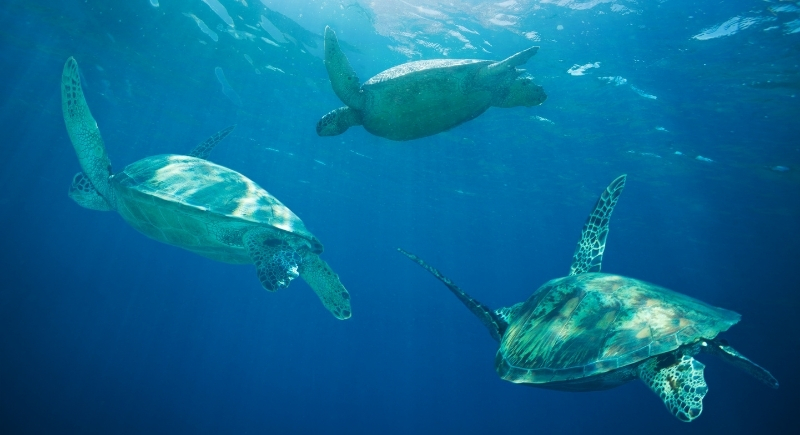
Credit: Canva
Leatherback turtles can cross entire ocean basins, with some traveling over 10,000 miles between feeding and nesting grounds. Remarkably, females return to the very beach where they hatched to lay eggs. One loggerhead named Yoshi clocked a staggering 22,000 miles, cruising from South Africa across the Pacific before anyone knew where she’d end up.
Baleen Whales

Credit: pexels
Gray whales make what amounts to a seasonal shuttle between tropical calving lagoons and Arctic feeding zones. Their 14,000-mile round trip is timed to plankton booms and ice melt. Ocean warming is now throwing off their schedule, making each year’s journey a gamble for the nutrient-rich meals they rely on to survive.
Dragonflies
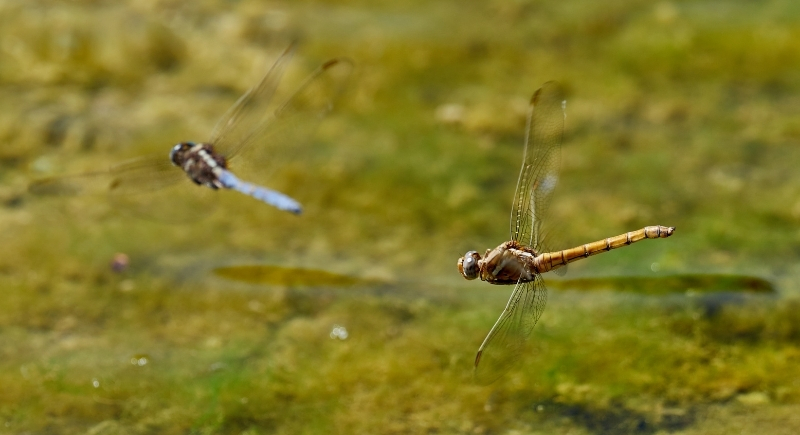
Credit: Getty Images
The globe skimmer’s odyssey is so long—up to 18,000 kilometers—that no single insect survives it all. Instead, the trip is a relay race over four generations, riding monsoon winds from India toward Africa. Each new wave picks up where the last left off.
Wildebeest
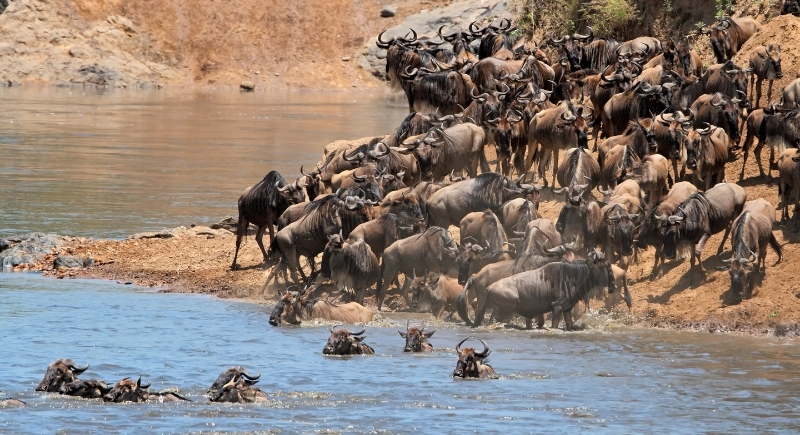
Credit: Getty Images
Africa’s Great Migration sees more than a million wildebeests move in a continuous loop between Tanzania’s Serengeti and Kenya’s Masai Mara. Guided by rainfall, they face crocodile-infested river crossings and predators like lions. Their constant motion also keeps the savanna’s grasslands healthy, though many never make it back to start again.
Arctic Terns
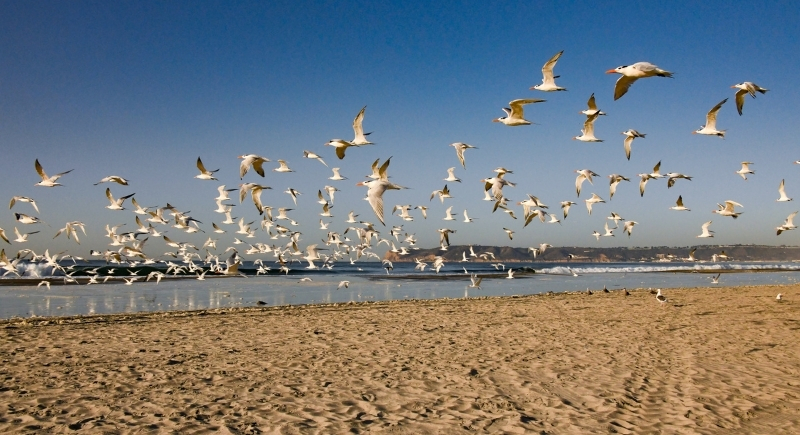
Credit: Getty Images
These small seabirds hold the record for the longest migration of any animal. They cover about 55,923 miles annually between the Arctic and Antarctic. This route allows them to experience two summers each year. Their endurance and navigation skills remain one of nature’s greatest feats, guided by environmental cues and celestial navigation.
Monarch Butterflies
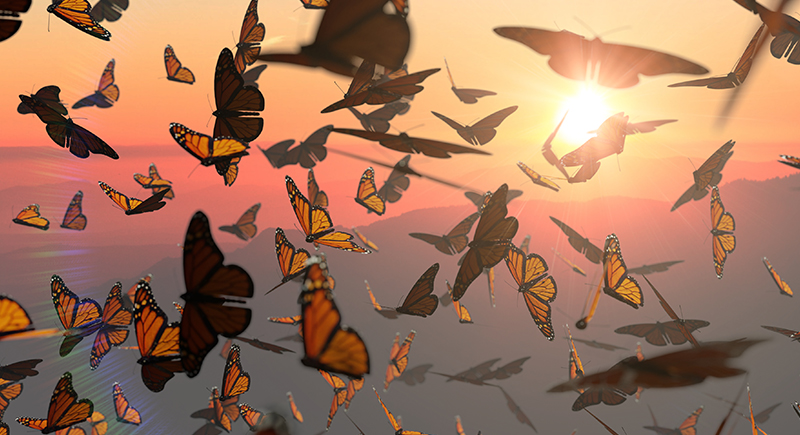
Credit: iStockphoto
What starts in Canada or the U.S. ends in Mexico’s mountain forests, 3,000 miles away. The same butterfly won’t return, and this journey takes several generations. Arriving monarchs crowd trees so densely they look like rust-colored leaves, a sight woven into local traditions long before scientists mapped the route.
Caribou
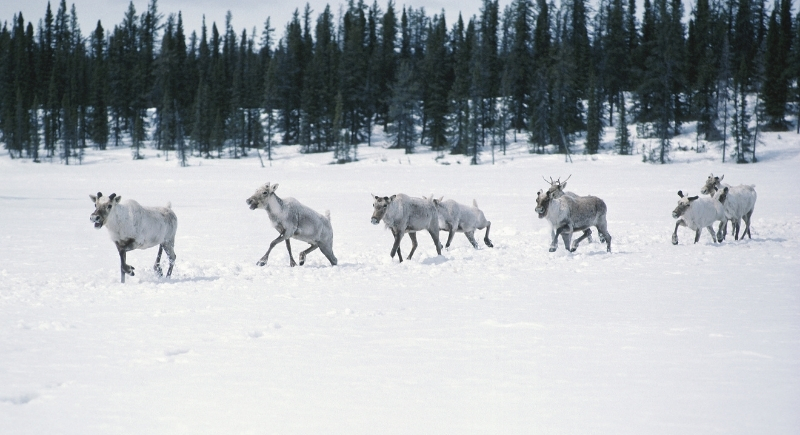
Credit: Canva
Caribou once were thought to roam more than 3,000 miles a year, but most herds now cover closer to 800. They spend winters in forested areas and move to open tundra for summer calving. Climate shifts and development have changed many routes, yet they still travel in large, tightly coordinated groups unmatched by other land mammals.
Salmon
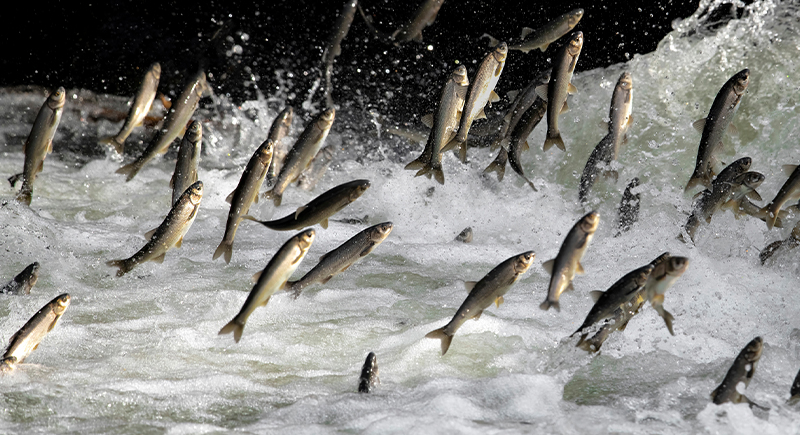
Credit: iStockphoto
Salmon leave the ocean and push upstream to the rivers where they were born. They climb in elevation, leap waterfalls, and evade predators along the way. Guided by Earth’s magnetic field and an exceptionally sharp sense of smell, they return with remarkable precision to the exact spawning grounds of their birth.
Zooplankton

Credit: Getty Images
Tiny ocean organisms like krill perform diel vertical migration, traveling up to 3,000 feet daily between deep and shallow waters. Though minuscule, their mass movement is considered the largest daily animal migration by biomass. This constant cycling plays a critical role in marine food webs and carbon cycling.
Bats
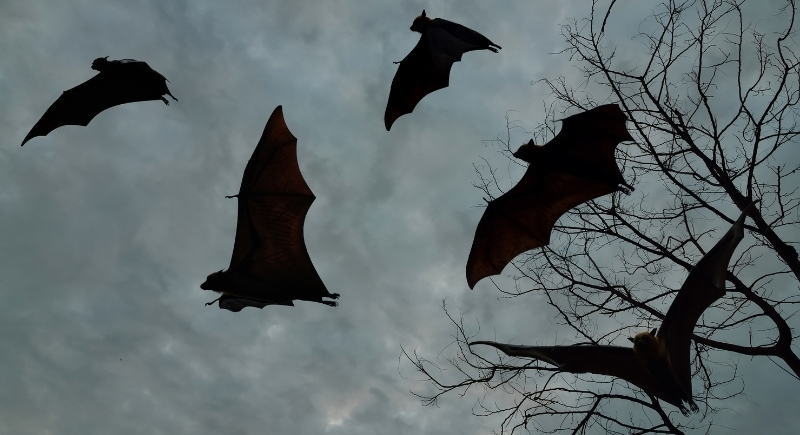
Credit: Getty Images
For a few months each year, Zambia’s Kasanka National Park becomes the stage for the planet’s largest mammal migration. Ten million straw-colored fruit bats pour in, drawn to ripe fruit in swamp forests. Each night, they eat nearly twice their weight, scattering seeds across the landscape as they move on.
Christmas Island Red Crabs
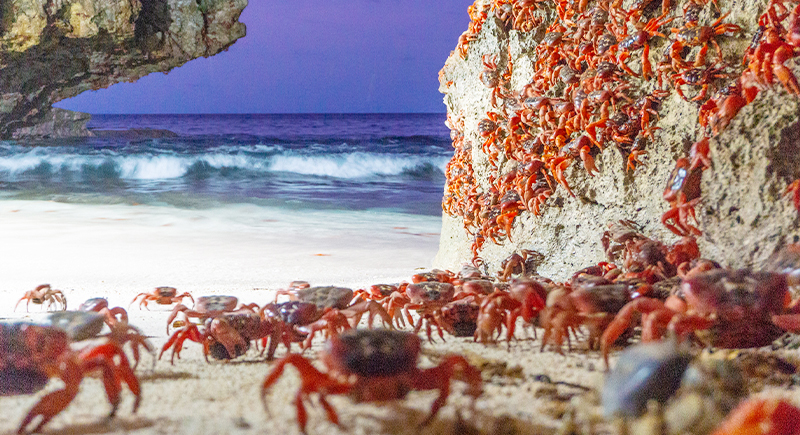
Credit: iStockphoto
Tens of millions of red crabs march from forest to shore on Australia’s Christmas Island each wet season to breed. Their synchronized movement transforms the island’s landscape, sometimes forcing road closures. Hormonal changes triggered by rainfall set this mass migration in motion, peaking in October or November.
Sharks

Credit: iStockphoto
Species like the great white and whale shark undertake epic journeys, with some crossing the Indian Ocean between South Africa and Australia in a year. Whale sharks have been tracked migrating 12,000 miles between the Eastern Pacific and Western Indo-Pacific. Climate change is altering migration patterns for several shark species.
Tuna
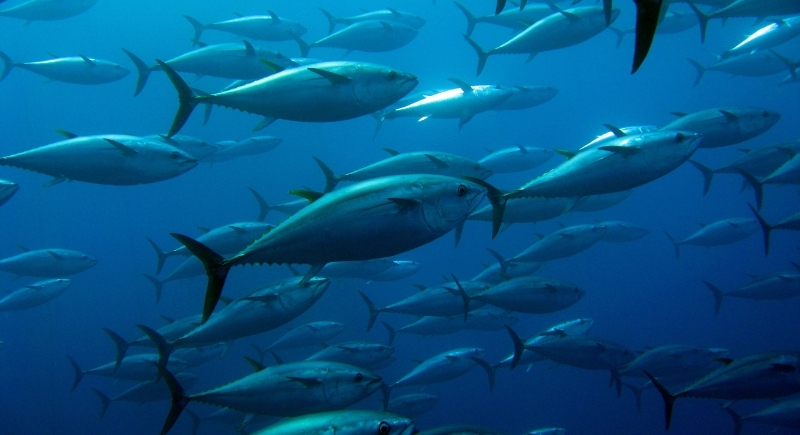
Credit: Getty Images
Pacific bluefin tuna travel up to 5,000 miles between Japan and California, often making the trip more than once. Their route passes through waters controlled by several nations, which makes protection difficult. Built for speed and endurance, they move fast across the ocean, but these strengths offer little defense against heavy fishing pressure.
Seals
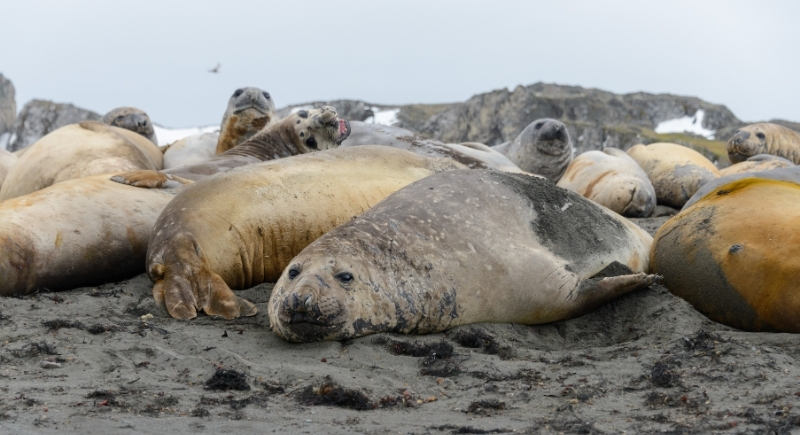
Credit: Getty Images
Northern elephant seals split their year into two big expeditions—one for breeding, one for feeding. Males can log 13,000 miles annually and spend hundreds of days at sea. Their feeding dives take them thousands of feet below the surface in search of squid and fish before they return to shore to rest and molt.
Penguins
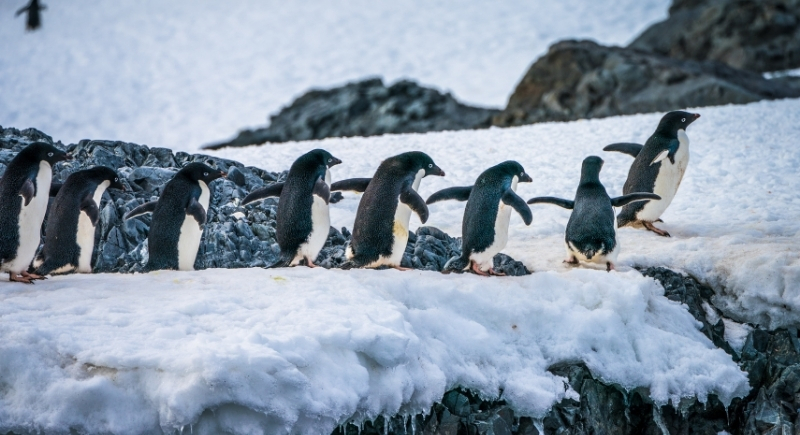
Credit: Getty Images
Adélie penguins follow a sun-chasing circuit that can stretch over 10,000 miles. They move between coastal breeding sites and open ocean feeding areas, adjusting to seasonal ice changes. Each journey is a balancing act of finding enough food at sea while keeping chicks fed and warm back on the icy shoreline.